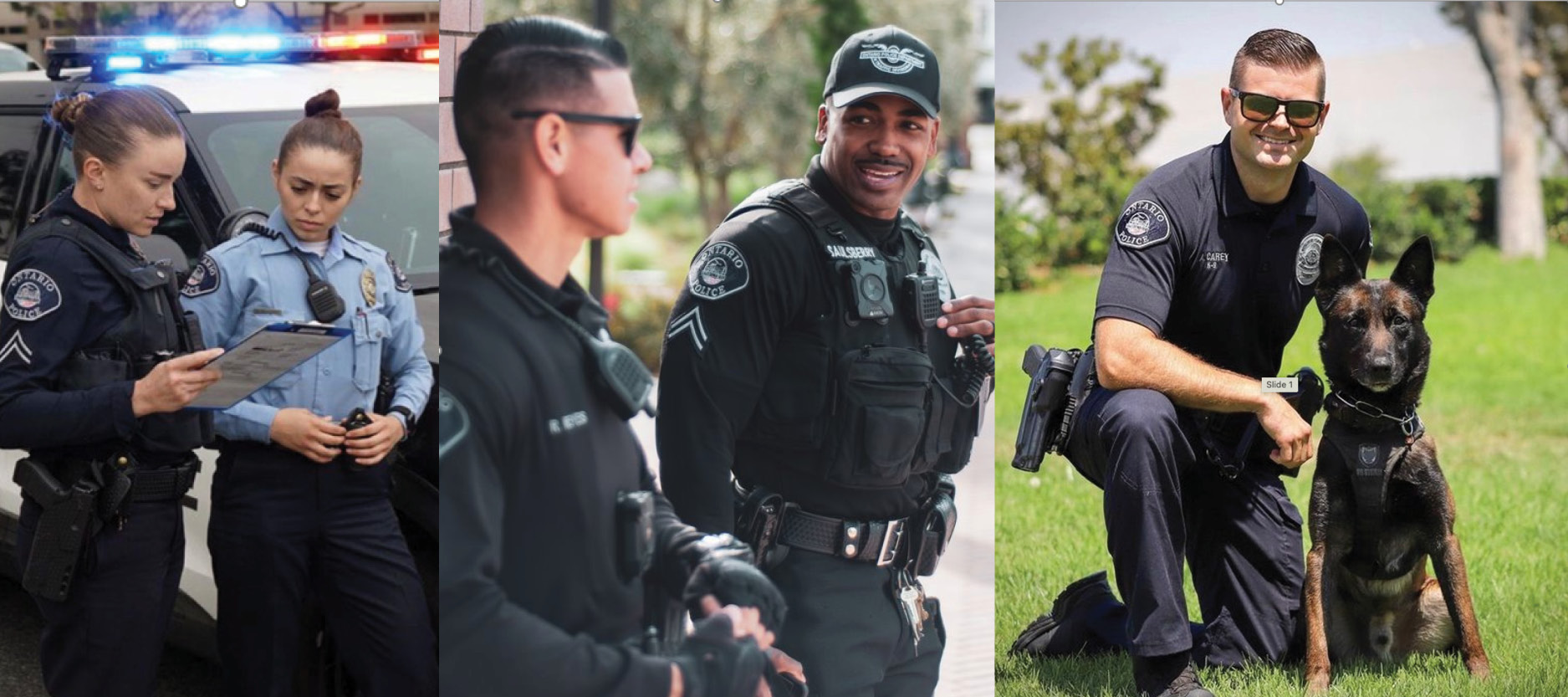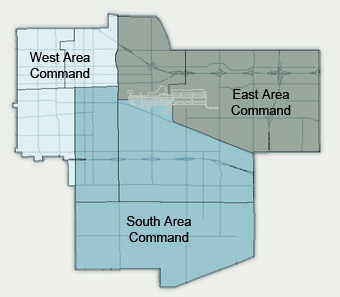Require Warning Before Shooting
- Where feasible, the officer shall, prior to the use of force, make reasonable efforts to identify themselves as a peace officer and to warn that deadly force may be used. (Use of Force Policy 300.4)
Exhaust All Alternatives Before Shooting
- As set forth by Penal Code 835a, an officer may use deadly force only when necessary for either of the following reasons:
(a) An officer may use deadly force to protect him/herself or others from what he/she reasonably believes is an imminent threat of death or serious bodily injury to the officer or another person.
(b) An officer may use deadly force to apprehend a fleeing person for any felony that threatened or resulted in death or seriously bodily injury, if the officer reasonably believes that the person will cause death or serious bodily injury to another unless immediately apprehended. (Use of Force Policy 300.4)
Ban Chokeholds & Strangleholds
- "Chokeholds and Strangleholds" have never been an authorized use of force option by the Ontario Police Department. The Carotid Control Hold, as outlines in Use of Force Policy Section 300.3.4, has been suspended and is under review.
Ban Shooting At Moving Vehicles
- Shots fires at or from a moving vehicle are rarely effective. Officers should move out of the path of an approaching vehicle instead of discharging their firearm at the vehicle or any of its occupants. An officer should only discharge a firearm at a moving vehicle or its occupants when the officer reasonably believes that there are no other reasonable means available to avert the threat of the vehicle, or if deadly force other than the vehicle is directed at the officer or others. (Use of Force Policy 300.4.1)
Duty to Intervene
- Any officer present and observing another officer using force that is clearly beyond that which is objectively reasonable under the circumstances shall, when in a position to do so, intercede to prevent the use of unreasonable force. An officer who observes another employee use force that exceeds the degree of force permitted by law should promptly report these observations to a supervisor. (Use of Force Policy 300.2.1 Duty to Intercede)
Require All Use of Force Be Reported
- Any use of force by a member of the Ontario Police Department shall be documented promptly, completely, and accurately in an appropriate report, depending on the nature of the incident. (Use of Force Policy 300.5)
Require Use of Force Continuum
- Officer shall use only the amount of force that is objectively reasonable given the facts and totality of the circumstances known to or perceived by the officer at the time of the event to accomplish a legitimate law enforcement purpose. Given that no policy can realistically predict every possible situation an officer might encounter, officers are entrusted to use well-reasoned discretion in determining the appropriate use of force in each incident. (Use of Force Policy 300.3 in accordance with California Penal Code Section 835A.)
Require De-Escalation
- De-escalation training is provided to all officers of the Ontario Police Department. In addition, training on topics consisting of biased based policing, cultural awareness, and mental health meets and often exceeds the standards set by the California Commission on Peace Officer Standards and Training.





 Chief Mike Lorenz graduated from West Covina High School and has a Bachelor of Science Degree in Criminal Justice from California Coast University. He served in the United States Air Force from July 1993 - June 1997. In late 1997, he attended the 130th basic training academy at the San Bernardino Sheriff's Academy. He was hired during the academy by the City of Ontario and in March of 1998 became a patrol officer.
Chief Mike Lorenz graduated from West Covina High School and has a Bachelor of Science Degree in Criminal Justice from California Coast University. He served in the United States Air Force from July 1993 - June 1997. In late 1997, he attended the 130th basic training academy at the San Bernardino Sheriff's Academy. He was hired during the academy by the City of Ontario and in March of 1998 became a patrol officer. 